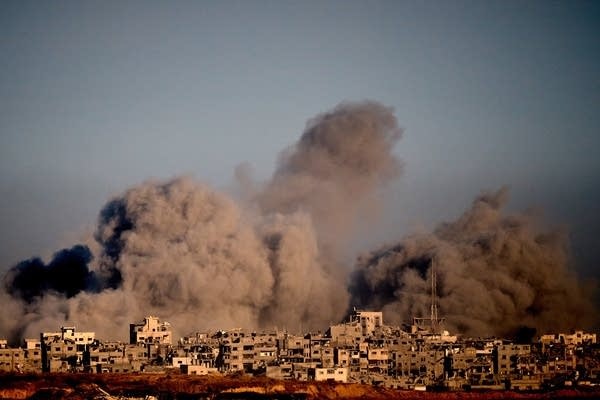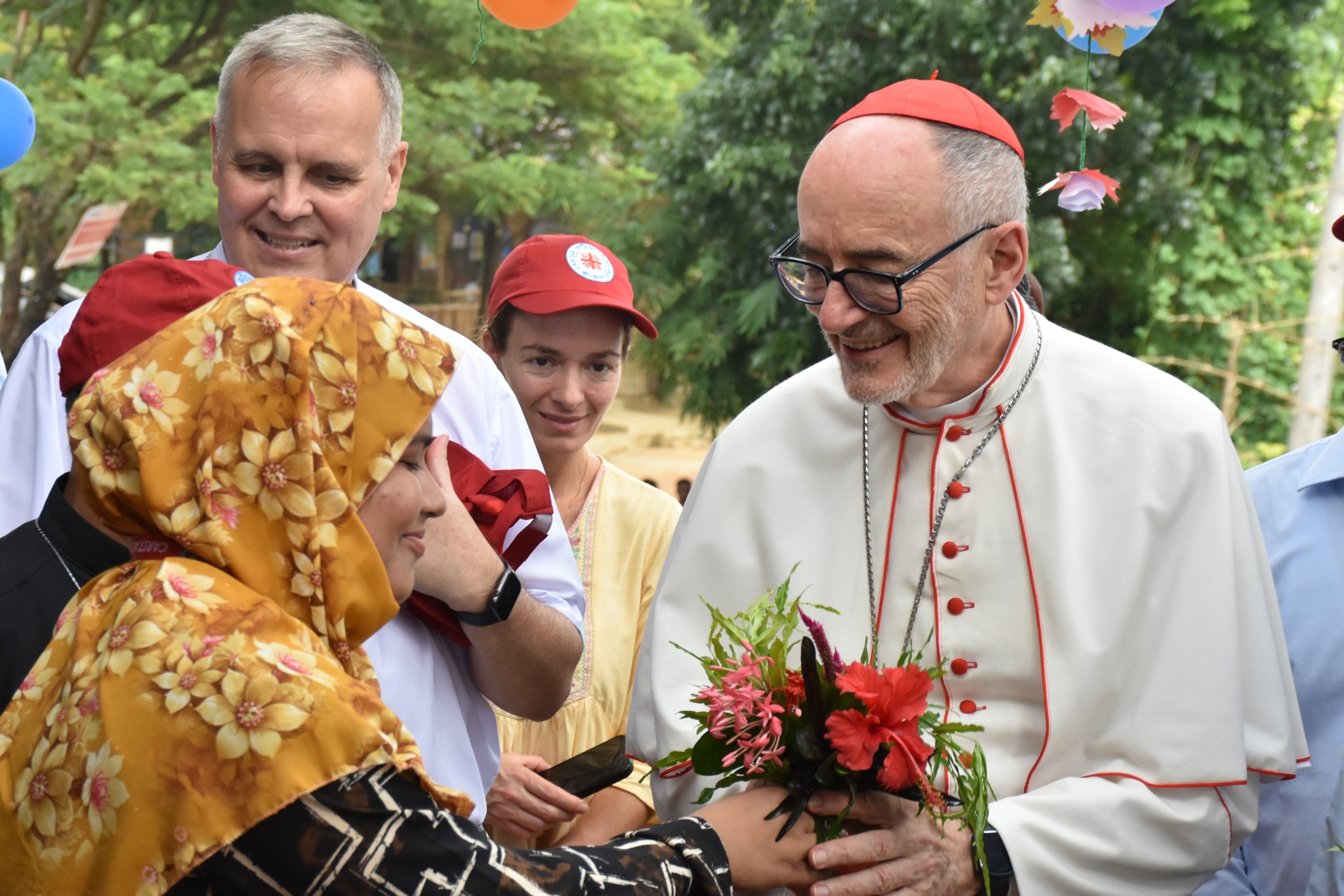ISRAEL PREPARES FOR HOSTAGES’ RETURN AS GAZA PEACE PLAN ADVANCES

Homecoming logistics and political stakes
Israeli authorities are preparing hospitals, airports and counseling teams as the last remaining living hostages are set to be released under the latest stage of the Gaza peace plan. Medical units have mapped evacuation corridors and readied triage stations to handle trauma care, dehydration and untreated chronic conditions. Social workers and psychologists will be on hand for immediate debriefs and to begin family reunification protocols. Military police are coordinating secure transport to prevent media swarms and to safeguard identities of vulnerable victims. The homefront command has rehearsed intake drills based on lessons from prior exchanges, emphasizing speed, privacy and continuity of care.
Diplomatically, the optics of a mass homecoming are powerful. The government wants to show that pressure on Hamas, plus regional mediation, produced concrete results. It also wants to reassure families still seeking answers about the missing. However, expectations are high. Some coalition partners argue the deal could limit military freedom of action later. Others contend the hostage track is the only route to a sustainable cease-fire. As relatives gather near intake sites, officials caution that processing will be measured, and that security vetting must precede public ceremonies.
Regional dynamics, too, are shifting. The hostage releases are tied to steps inside Gaza to open crossings for aid, stage de-mining and expand safe zones. Egypt and Qatar have acted as guarantors for sequencing. Jordan has readied additional field capacity should medical overflow occur. European capitals have pledged rehabilitation funding conditioned on monitoring of aid flows. The United States has framed the release as part of a broader effort to stabilize the Strip and to move toward a political horizon after years of conflict.
Inside Israel, attention turns to accountability and recovery. Investigative bodies will gather testimony that may inform future prosecutions while respecting survivors’ choices. The health ministry has expanded hotline capacity for families and first responders. Schools are preparing curricula to support classmates of returning hostages. Faith leaders have planned interdenominational services aimed at communal healing. At the same time, bereaved families are asking for clarity on remains recovery and identification timelines.
The government’s challenge is to balance celebration with restraint. Officials are urging television outlets to avoid intrusive coverage and to follow trauma-informed guidelines. A coordinated public message stresses three pillars: care for survivors, support for families, and continued work on the remaining steps of the peace plan. Much will depend on whether calm holds along Gaza’s perimeter and whether militant factions honor commitments. For now, authorities are focused on getting people home, quietly and safely.



















